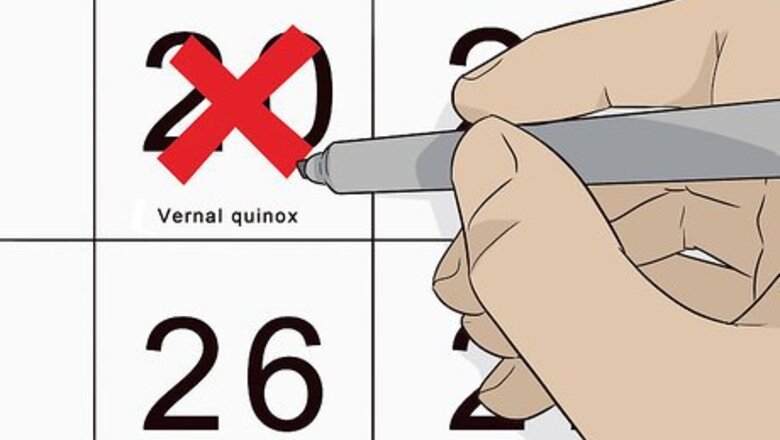
views
X
Research source
It's a fun holiday to celebrate, as it is all about ridding yourself of the last year's bad luck and starting fresh with the rebirth of spring. Before the festival begins, you can do things like clean your house and buy new clothes. In the week leading up to the festival, you can participate in fire-jumping rituals and other activities to toss out the old year. Then set up your haftseen table, and ring in the new year with your family and good food.
Getting Ready for the Festivities
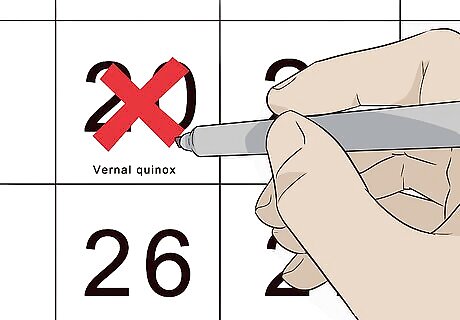
Mark your calendar for the spring equinox. This holiday begins on the vernal equinox, which happens in the spring and falls on slightly different days each year. The festival lasts for 2 weeks after this date. The new year begins exactly when the sun crosses the equator. You can look up the exact time online. The vernal equinox is the first day of spring, and Nowruz falls on this day for a reason. It marks the end of winter and the rebirth of the earth into spring.
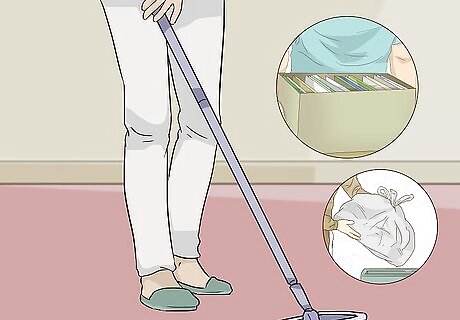
Start your spring cleaning ahead of the festival. Cleaning is a traditional part of this holiday. This ritual is called khaneh tekani, meaning "shaking down the house." The idea is you clean up your house and community, and spruce it up, in an effort to keep evil away. After cleaning, you can start the new year with fresh, pure energy.

Buy a new set of clothes. While it's not absolutely necessary to buy new clothes, particularly if you don't have the money, it's a customary practice. Typically, you wear the clothes on the first day of the festival to welcome in the new year. It doesn't matter what you wear, as long as everything is new, including your underwear and socks! This ritual is a symbol that you're starting fresh.
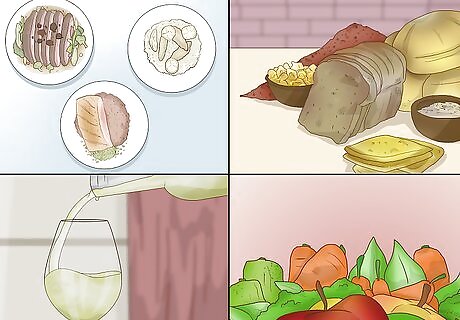
Have food on hand for your guests. The Persian New Year is a time for visiting friends and family. Have pastries, candies, fruit, tea, and cookies on hand, as well as tea and sherbet. Nuts and dried fruit are also appropriate. You can buy many of these items if you're not much of a cook!
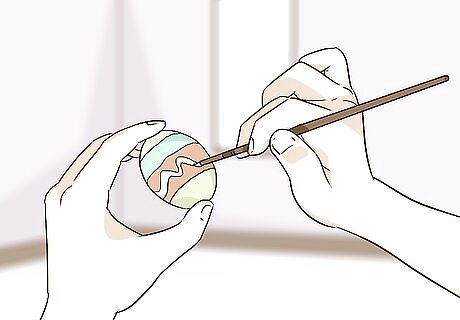
Have an egg-decorating party. Just like Easter, egg-decorating is a typical fun activity to do around this holiday. If you do it before the festival starts, you can use the eggs to decorate your festival table, the haftseen table. You can dye eggs like you do for Easter. You can also have kids or adults color or paint on the eggs. Stickers, sequins, and stick-on gems are also fun.
Starting the Festival by Jumping over Fire
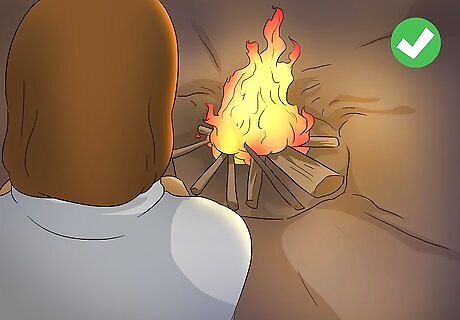
Build a fire on the Tuesday before the equinox. Make a small outdoor fire for the fire-jumping ritual, called Chaharshanbe Suri. Pick an area free from debris and grass, if possible, or water the area very well. Concrete is good for this ritual. You can simply light some charcoal in a small throwaway foil pan, if you'd like.

Jump over your fire! Because fire represents God's wisdom, jumping over fire is a way to start off the new year with good luck, ridding yourself of bad luck in the fire. Be careful, though, because catching yourself on fire is no fun at all (and certainly not good luck)! Keep a fire extinguisher and a hose nearby just in case, and check your local regulations about fire before lighting yours. You're supposed to absorb some wisdom from the heat of the fire.

Visit a Nowruz festival to jump over fire. You'll also find fires lit at most Nowruz festivals, so you can forgo lighting your own if you wish. You can even just watch others jump over the fires if you prefer. You may hear the traditional song, "Zardi-ye man az (ane) to, sorkhi-ye to az (ane) man," which translates, "My yellowness to you, your redness to me." You're giving your sickness and bad luck (yellowness) to the fire, and asking for strength and health (redness) in return. Eat pastries and nuts during this festival to give thanks and exchange evilness from the past year for the warmth and strength of the fire.

Give your children a pot and spoon to bang. Another tradition is to let kids go through the neighborhood, banging as they go. They also traditionally ask for candy or sweets at neighbors' houses, similar to the traditions of Halloween. Referred to as ghashogh-zani, this ritual represents beating the last unlucky day out of the last year.
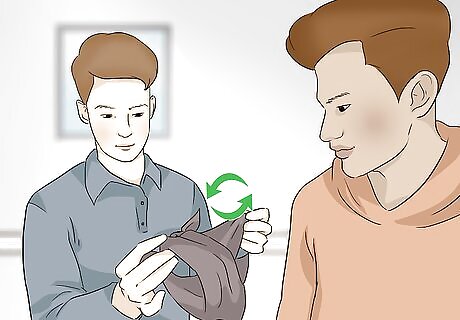
Ask someone to untie a handkerchief knot for you. Another custom is to tie a knot in a piece of clothing, a handkerchief, or even a shoelace. Then, you get someone to undo it for you, helping you to undo your bad luck from last year. You can also break an earthen jar to break your misfortune.
Setting up the Haftseen Table and Exchanging Gifts

Begin with 7 items that begin with "S" (in Persian). This lucky number helps bring luck to the household, and the 7 items represent the rebirth of the earth in spring. Drape the table with a decorative cloth, and arrange the items on the table. Typically, the 7 items are: Sabzeh (سبزه) – wheat, barley, mung bean or lentil sprouts growing in a dish, symbolizing rebirth. Samanu (سمنو) – sweet pudding made from wheat germ, symbolizing affluence. Senjed (سنجد) – dried oleaster or the wild olive fruit, symbolizing love. Seer (سیر) – garlic, symbolizing medicine and health. Seeb (سیب) – an apple, symbolizing beauty. Sombal (سماق) – hyacinth blossoms, for spring. Serkeh (سرکه) – vinegar, symbolizing old-age and patience. You can also choose other symbols beginning with "S," such as sekeh (coins) for prosperity or sumac spice, representing the sunrise.
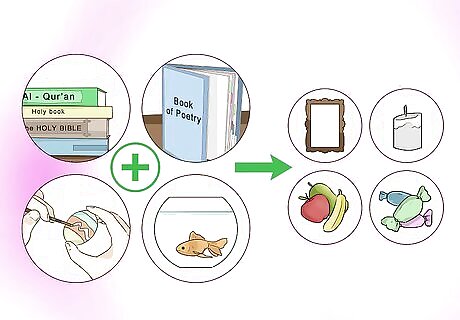
Add other items to round out your table. If you wish, you can include other items of significance, such as a Quran, another holy book, or a book of poetry. For fertility and life, try adding painted hard-boiled eggs or a goldfish swimming in a bowl. You can also include mirrors or candles to symbolize the future. Many families also put out fruits and candies.
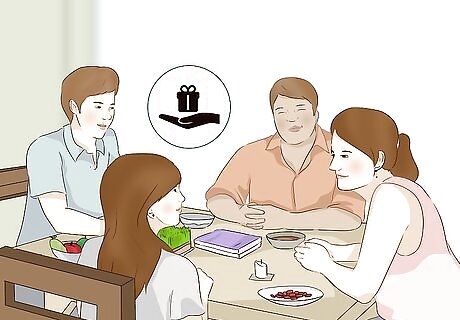
Wait for the new year around haftseen table to exchange gifts. Usually, families ring in the new year around this table. Gather around it ahead of time, and wait for the appropriate time to pass. Then you can exchange gifts with your family and friends! Alternatively, you can sit near the this table rather than around it. Often, the gifts are just given to kids, and sometimes, the gifts are just money. There's even a Iranian version of Santa Claus for this holiday!
Joining in the Festivities
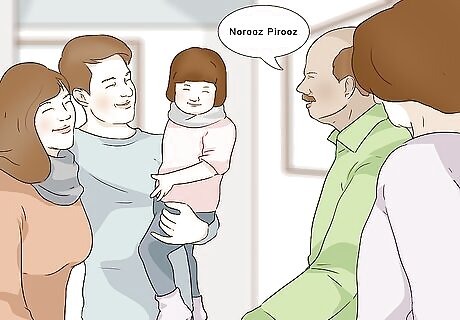
Visit your older family members on the first day of the festival. It's customary to go to see your family, starting with the eldest members first. Often, the older family members come and visit the younger ones later in the day. If someone died in the last year, it's customary to visit that house first. Wish each other happy new year by saying “Norooz Pirooz." Don't forget to put on your new set of clothes!
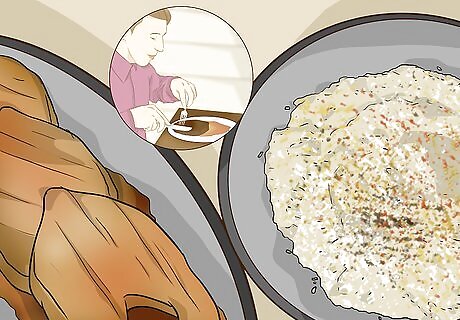
Prepare and eat your traditional New Year meal. Typically, you'll eat foods like herb pilaf with white fish (sabzi polo bâ mâhi) and/or a frittata known as kuku sabzi, made with herbs like fenugreek, tarragon, dill, coriander, and parsley. You can make the herb pilaf with a fish like tilapia or bass.
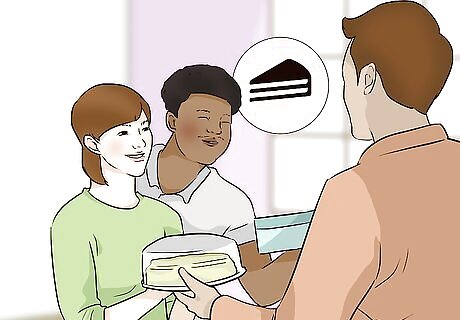
Repeat visits to your family. This holiday is all about family and friends, so you'll continue to visit them throughout the 2-week festival. Don't forget to keep snacks on hand for the frequent visitors you may have! If you don't expect to have any visitors, invite people over.
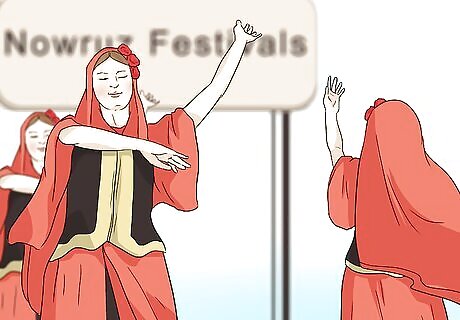
Go to local festivals. Many areas have Nowruz festivals, even in places outside of Iran. You can likely find one in your area that has food, music, and activities to celebrate nature.
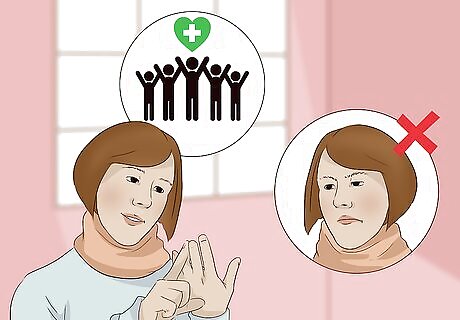
Count your blessings. Nowruz is a fresh start, and Iranians believe that if you smile during Nowruz then you'll smile for the whole year. Take time to count the blessings, friends, and joys you’ve received in the past year. In other words, if you're grumpy during the holiday, Iranians believe you'll have bad luck in the following year!
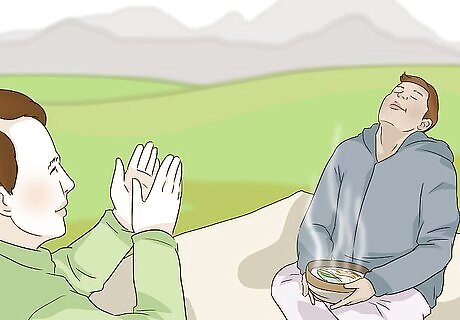
Finish the festival with a picnic for Sizdah Bedar. This day is the final day of the festival, and it's customary to spend it outside. It's another way of guaranteeing good luck in the coming year. Traditionally, you'll eat âsh soup, which is made with lentils and legumes, greens, and noodles. It's topped with crispy onions, fried mint, and an Iranian type of sour cream.
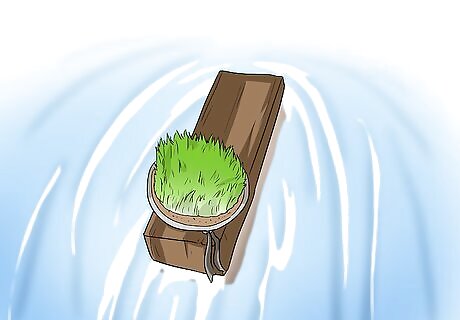
Toss out the sprouts from your haftseen table. These sprouts have taken on the negative energy from your household, so now you have to get them out! The best way to do it is to toss them in flowing water, such as a creek or river. Bring it with you on your picnic to find a place to throw it, making a wish as you toss the bad energy. If you're a single gal, one tradition is to tie a knot in a sprout before throwing all of them out, in hopes of bringing you romance in the coming year.










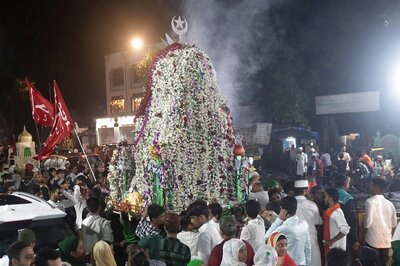





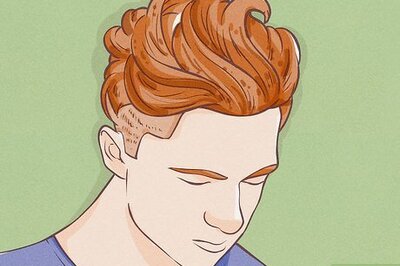


Comments
0 comment